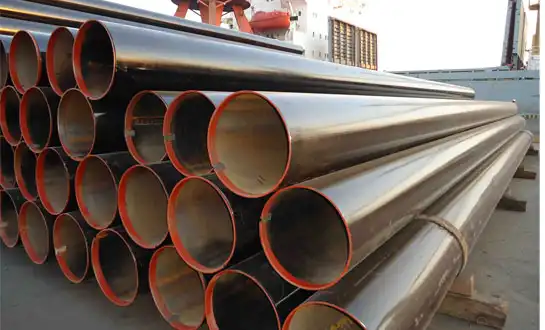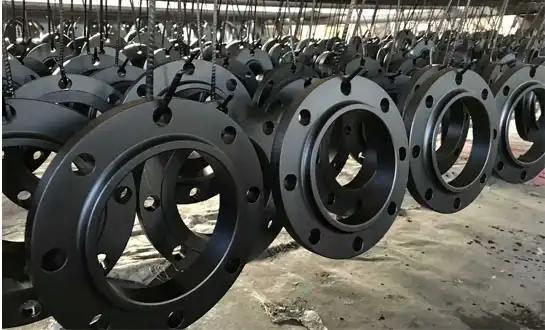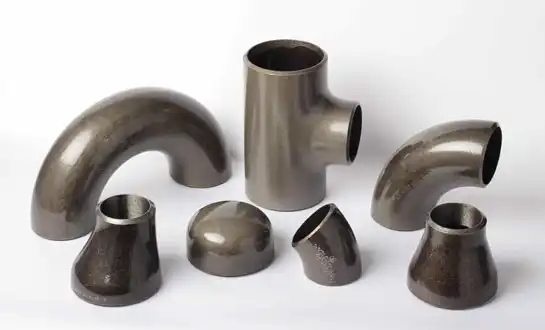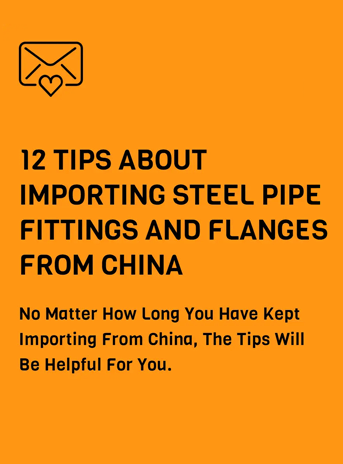Comparing Orbital Welding vs Manual Welding for Steel Pipe Fittings
Professionals have to make a very important choice when it comes to choosing the right welding process for steel pipe fittings. The overall quality, schedule, and cost of the job will change because of this choice. As companies want pipe systems that are more accurate and consistent, the contrast between orbital welding and hand welding has grown more important. Steel pipe fittings need welding methods that make sure the structure stays strong, the connections don't leak, and the fittings last a long time in a variety of uses. Engineers, contractors, and procurement experts may make better selections that meet the needs of a given project while still following safety rules and keeping things running smoothly if they know the basic distinctions between these methods.
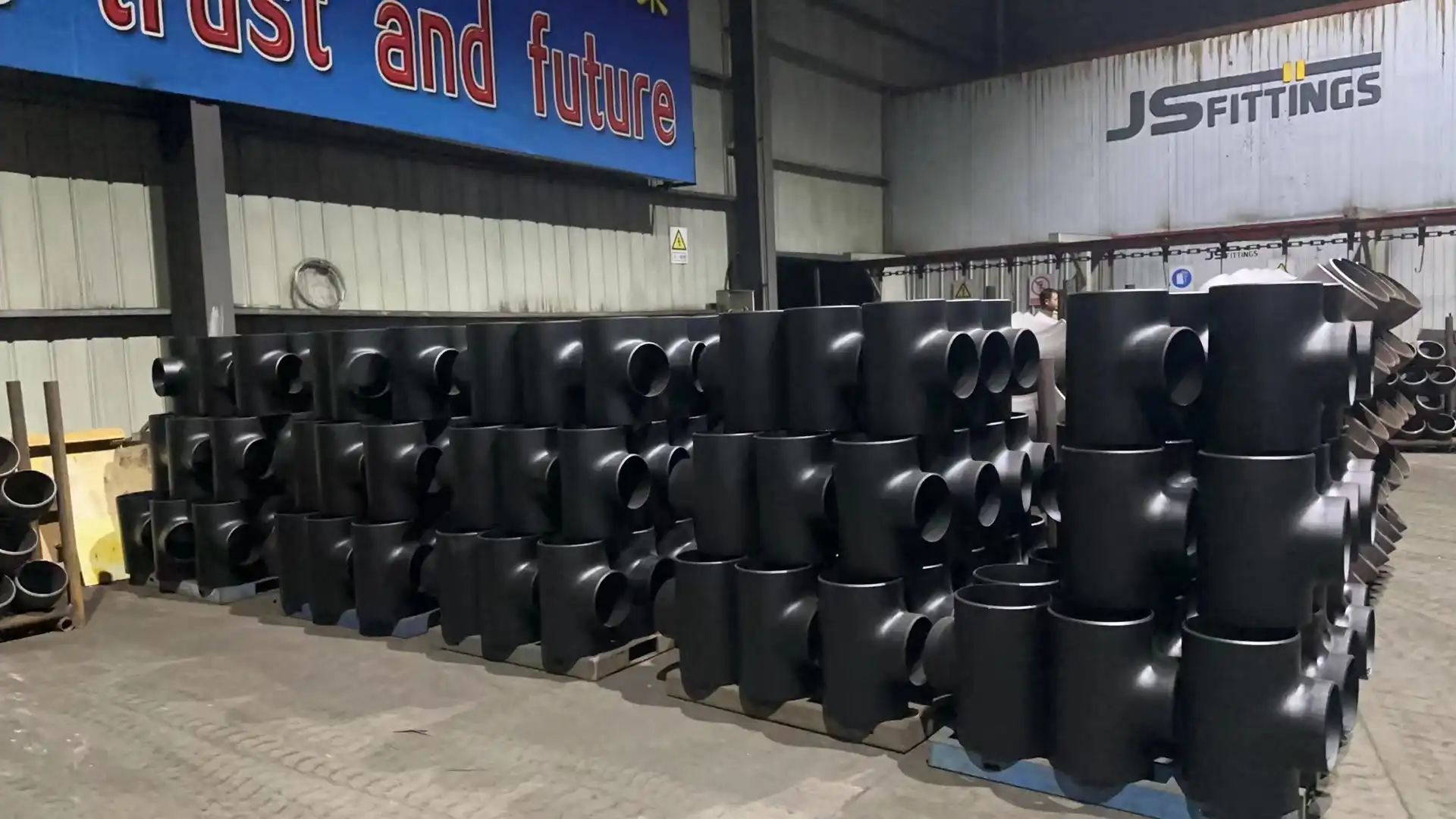
Process Characteristics and Technical Capabilities
Automation Level and Operational Control
Orbital welding represents a significant advancement in automated welding technology specifically designed for tubular connections and steel pipe fittings. This computer-controlled procedure uses a welding head that moves around the pipe's perimeter and delivers a steady flow of heat and filler material to the whole junction. Operators input specifications into the control unit, which then executes the weld with minimal human intervention. People who weld by hand often make mistakes because they are distracted, tired, or unable to concentrate. This technology stops those things. Industries such as pharmaceutical manufacturing, semiconductor production, and high-purity gas distribution rely heavily on orbital welding because even microscopic defects can compromise system integrity. Manual welding, conversely, depends entirely on welder skill, offering flexibility but introducing variability between successive joints.
Weld Quality and Consistency Standards
The consistency achieved through orbital welding fundamentally transforms quality assurance processes for steel pipe fittings installations. Every weld produced under identical parameters yields virtually identical results, creating repeatability that manual welding cannot match. Radiographic testing of orbital welds typically reveals uniform fusion characteristics with minimal variation. The quality of manual welding depends on the welder's skill level, physical condition, and the surroundings. For projects involving hundreds of steel pipe fittings connections, orbital consistency translates into reduced rejection rates, fewer repairs, and accelerated completion timelines.
Equipment Investment and Setup Requirements
Implementing orbital welding systems requires substantial upfront capital investment including power supply, control unit, and welding heads for various pipe sizes. But this purchase gives you digital records, a spot to keep metal data, and tracking tools that make it easier to meet quality control standards. The first step is to carefully align, clamp, and choose a program. Orbital welding becomes economically advantageous as the number of similar steel pipe fittings connections increases, while manual welding proves more practical for small projects with few joints.
Performance Factors in Different Applications
Speed and Productivity Considerations
Productivity analysis between orbital and manual welding for steel pipe fittings reveals complex trade-offs depending on project characteristics. Orbital welding systems complete individual welds faster once setup is complete, and the automated nature allows a single operator to manage multiple stations simultaneously. While welding is going on, operators may do other things, including get ready for the next joints or do inspections. But hand welding is more flexible when you need to shift positions often or use different joint designs. Skilled manual welders adapt quickly to changing conditions and require minimal setup between dissimilar joints.
Adaptability to Field Conditions
Field installation environments significantly influence the practical choice between welding methods for steel pipe fittings. Orbital welding systems require stable electrical power, controlled environmental conditions, and adequate space for equipment positioning. Manual welding is better at adapting to tough field circumstances since it just needs a minimal power source and lets welders operate in confined spaces and awkward postures. This adaptability makes manual welding preferred for retrofit projects and repair work in existing facilities.
Quality Assurance and Inspection Requirements
Quality verification processes for steel pipe fittings welds differ substantially between methods. Orbital welding systems generate automatic documentation including weld parameters, operator identification, and date-time stamps. Inspection requirements often allow reduced sampling rates because of demonstrated process consistency. Manual welding necessitates more extensive inspection protocols because of inherent variability, with each welder maintaining current certifications and their work undergoing more frequent non-destructive examination.
Economic and Workforce Implications
Labor Skills and Training Requirements
Manual welding requires extensive hands-on training over months or years to develop necessary coordination and technique understanding. As skilled welders retire, the industry continues to have problems with a lack of welders. Orbital welding operators require different competencies focused on equipment setup, program selection, and quality monitoring rather than manual torch manipulation. Training periods tend to be shorter since the automated system handles welding execution, helping address skilled labor shortages by converting general technicians into productive operators more quickly.
Long-term Cost Analysis
Comprehensive economic evaluation of welding methods for steel pipe fittings must consider total lifecycle costs. Orbital welding systems incur higher initial capital costs but offer lower operating expenses through reduced labor hours, fewer defects, and decreased rework requirements. Manual welding appears less expensive initially but accumulates costs through higher labor consumption, more extensive inspection requirements, and greater defect rates. For organizations performing significant volumes of steel pipe fittings installations annually, orbital welding frequently demonstrates superior economics when analyzed over multi-year periods.
Project Scale and Break-even Analysis
The economic viability of orbital welding for steel pipe fittings projects depends critically on connection quantities and quality requirements. Small projects involving dozens of connections rarely justify orbital welding equipment deployment. Medium-scale projects with hundreds of similar connections often represent the break-even range where costs converge. Large projects involving thousands of connections clearly favor orbital welding from economic perspectives. Organizations must consider equipment utilization rates across their project portfolio rather than individual job economics.
Conclusion
You can either use orbital welding or hand welding for steel pipe fittings. Which you choose depends on the project's size, quality requirements, and the conditions in the field. For jobs that need to be done again and over again, orbital welding is the best choice since it is more consistent and productive. For a variety of tasks, hand welding is more flexible. As a trusted carbon steel pipe supplier and leading pipes and fittings manufacturers, HEBEI RAYOUNG PIPELINE TECHNOLOGY CO., LTD. provides steel pipe fittings engineered to perform optimally with both welding methods.
FAQ
1. Which welding method produces stronger joints for steel pipe fittings?
Both orbital and manual welding can produce joints that exceed base material strength when properly executed. Orbital welding delivers more uniform mechanical properties across multiple joints, while manual welding strength depends significantly on individual welder skill and technique adherence.
2. Can orbital welding systems handle all pipe sizes and materials?
Orbital welding systems accommodate a wide range of pipe diameters from small tubing to large-diameter pipes. Most systems handle common steel pipe fittings materials including carbon steel, stainless steel, and various alloys, though extremely large diameters may prove more practical for manual welding.
3. How do maintenance requirements compare between the two methods?
Orbital welding equipment requires regular calibration, electrode replacement, and occasional electronic system maintenance. Manual welding equipment needs minimal maintenance, but maintaining welder certifications through periodic testing represents an ongoing investment that orbital welding reduces.
4. What industries benefit most from orbital welding technology?
Pharmaceutical manufacturing, semiconductor manufacture, food and beverage processing, and biotechnology are all examples of industries that get the most out of orbital welding uniformity because they have strict purity standards. Orbital welding makes sure that important steel pipe fittings connections are strong and reliable. People who work with oil and gas, making electricity, and chemicals can use this because they need to handle a lot of high pressure.
HEBEI RAYOUNG PIPELINE: Your Trusted Steel Pipe Fittings Manufacturers and Suppliers
At HEBEI RAYOUNG PIPELINE TECHNOLOGY CO., LTD., we understand that exceptional piping systems begin with superior materials regardless of your chosen welding method. As leading pipes and fittings manufacturers committed to ISO 9001:2015 standards, we supply premium steel pipe fittings including buttweld elbows, reducers, and flanges engineered for both orbital and manual welding applications. We have GOST-R and SGS certificates that prove we follow all the rules for exporting. There are jobs in the US and other countries that you can trust that you can do from home or at work. Contact us today at info@hb-steel.com to discuss how our quality-focused approach can support your next piping project.
References
1. American Welding Society. "Specification for Fusion Welding for Aerospace Applications." AWS D17.1, Miami, Florida, 2017.
2. Linnert, George E. "Welding Metallurgy: Carbon and Alloy Steels, Volume 1 - Fundamentals." American Welding Society, Fourth Edition, 1994.
3. O'Brien, Robert L. "Jefferson's Welding Encyclopedia." American Welding Society, Eighteenth Edition, 1997.
4. Pender, John and Welding Institute. "The Application of Orbital Welding in the Fabrication of Pipework Systems." Welding and Metal Fabrication, Volume 58, Issue 3, 1990.
5. The Welding Institute. "Mechanised and Automatic TIG Welding: Orbital Welding Technology for Pipe Fabrication." TWI Publications, Cambridge, United Kingdom, 2004.
6. Woods, Robert A. and Milner, David R. "A Comparison of Manual and Automatic Welding Processes for Pipeline Construction." Pipeline Industry Journal, Volume 45, Issue 2, 2003.

Need a quote? Want to see samples? Just say hello. We’re friendly. We’re fast. And we’re ready when you are.
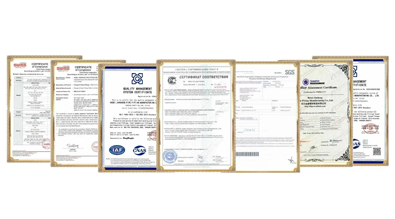
Welcome to RAYOUNG – Strong Pipes, Stronger Promise
